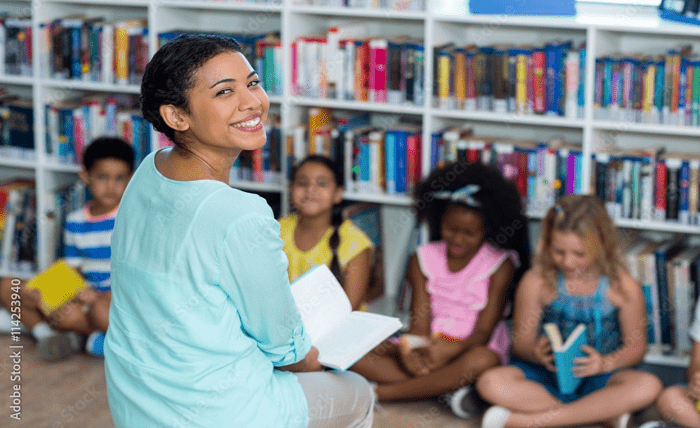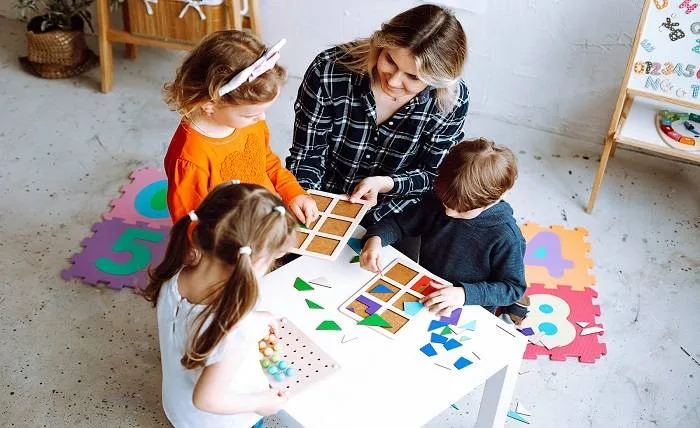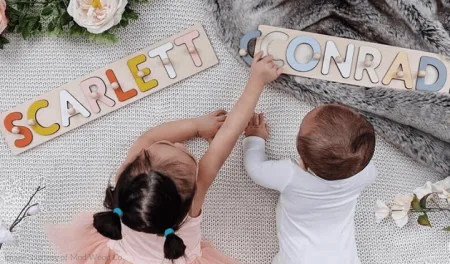Navigating Early Education: A Parent’s Guide To Choosing The Right Facility
Every parent dreams of nurturing their kid’s growth through proper early childhood education in state-of-the-art schools. Despite the immense benefits, only 40% of children manage to enroll in early childhood education programs globally. Break this worrying trend by finding your kid an appropriate school to help develop their emotional, mental, and physical aspects.
But there are a multitude of facilities, making you feel anxious when you have to choose one. You may wonder, ‘Where does my kid fit perfectly? Will the chosen institution meet their needs? Will I afford the fees?’
These and many other questions plague parents desiring to kickstart their kids’ school life. This article offers incredible tips to confidently choose a fitting early education facility.
- Understand your options
The first piece of the puzzle to unravel is the type of early educational facility to enroll your child in. Preschools prioritize education for kids through structured approaches like Montessori, Reggio Emilia, or Waldorf. On the other hand, daycare centers give precedence to attending to kids while giving them time to socialize and play freely. Preschools take kids aged 3 to 5 years. On the other hand, daycare is an early school program Brookvale or any other district or city that enrolls kids from six weeks to six years.
Besides these two main options, you may also consider Early Head Start programs if you’re on a budget. These offer free all-encompassing child development and support services to kids under 3 years and pregnant women. You, plus your kids, get well prepared for success in life and education.
Lastly, homeschooling might be your go-to option if you prefer having your kids around home rather than sending them to a traditional school. It’s a welcome break from the norm but requires solid organizational skills because of the many distractors at home.

- Factors to consider when choosing
Below are some critical considerations to guide your choice of an early education facility.
- Location: You’d want a school that’s easy to access, perhaps along the route to your workplace, so it’s straightforward to drop and pick up your child. Or if you prefer using the school bus, check if they pass by your home to make the pick-up and drop-off convenient.
- Age: Kids under age three are better suited for play-based learning. Those above three years might benefit from a structured learning environment that prepares them for kindergarten.
- Educational philosophy: Montessori is a hands-on approach, focusing on self-directed learning through custom-developed materials. It has been practiced for over 100 years now and is proven to have long-term psychological benefits. Reggio Emilia prioritizes collaboration and creativity inspired by children’s interests. Waldorf prioritizes holistic development by engaging the kids in storytelling, artistic expression, and rhythmic activities. Choose an educational philosophy that mirrors your values.
- Class size: Learning in smaller classes ensures your child gets enough attention. This goes hand in hand with the student-teacher ratio. The lower, the better, allowing teachers to attend to each kid at a personal level. But you may prefer larger classes if your primary concern is social interaction with kids from diverse backgrounds. The ideal staff-to-child ratio for infants younger than 12 months is 1:3, 1:4 for 13- to 35-month-olds, 1:7 for 3-year-olds, and 1:8 for 4- and 5-year-olds,
- Safety measures: Safety precautions are a must when it comes to kids. Check if the facility has safety measures like secure entrances, emergency protocols, and supervision at play areas. Hygiene is also critical. Check if they have customs like regular hand washing and toy sanitization.
- Budget: Different early education facilities have varying charges. Choose one that aligns with your budget. You may also want to consider scholarships or schools with subsidized rates. Scrutinize cost versus features so you get the best value for money.
- Daily schedule: Check if the school schedules enough time for creative exploration, active play, socialization, learning, and extras like financial literacy. All these are critical aspects of development demanding equal attention.
Carefully considering all these factors helps you choose the perfect early education facility that fits your kids’ needs and meets your desires.
- Evaluating potential facilities
It helps to scrutinize shortlisted facilities before making the final decision. Firstly, check licensing and accreditation websites to see if a specific school is listed. This guarantees quality standards.
Next, read parent reviews on reliable platforms like Google My Business or Yelp. Go for schools with a generally positive online reputation. Generally, 3.3 stars out of 5 are the lowest ratings most customers are likely to consider. Those with dismal ratings lower than this and a significant number of negative comments may sooner or later disappoint you.
But don’t base your decisions solely on online impressions. Make a point of visiting the facility in person. Observe how the teachers handle the kids. At least, they should be empathetic, patient, and warm. Also, survey the school environment to gauge the level of cleanliness and safety standards.
Finally, ask the facility’s staff any questions you might have. Inquire about the curriculum, communication protocols, and how they treat kids with special needs.
Conclusion
Choosing the right early education facility for your kid sets them up for success in their studies in later years. This guide has provided incredible tips to help you with your choice. Your winning point is taking the search seriously rather than rushing over it. A good foundation significantly shapes your kid’s future. Early education helps instill a lifelong love of learning. So, do your due diligence.



